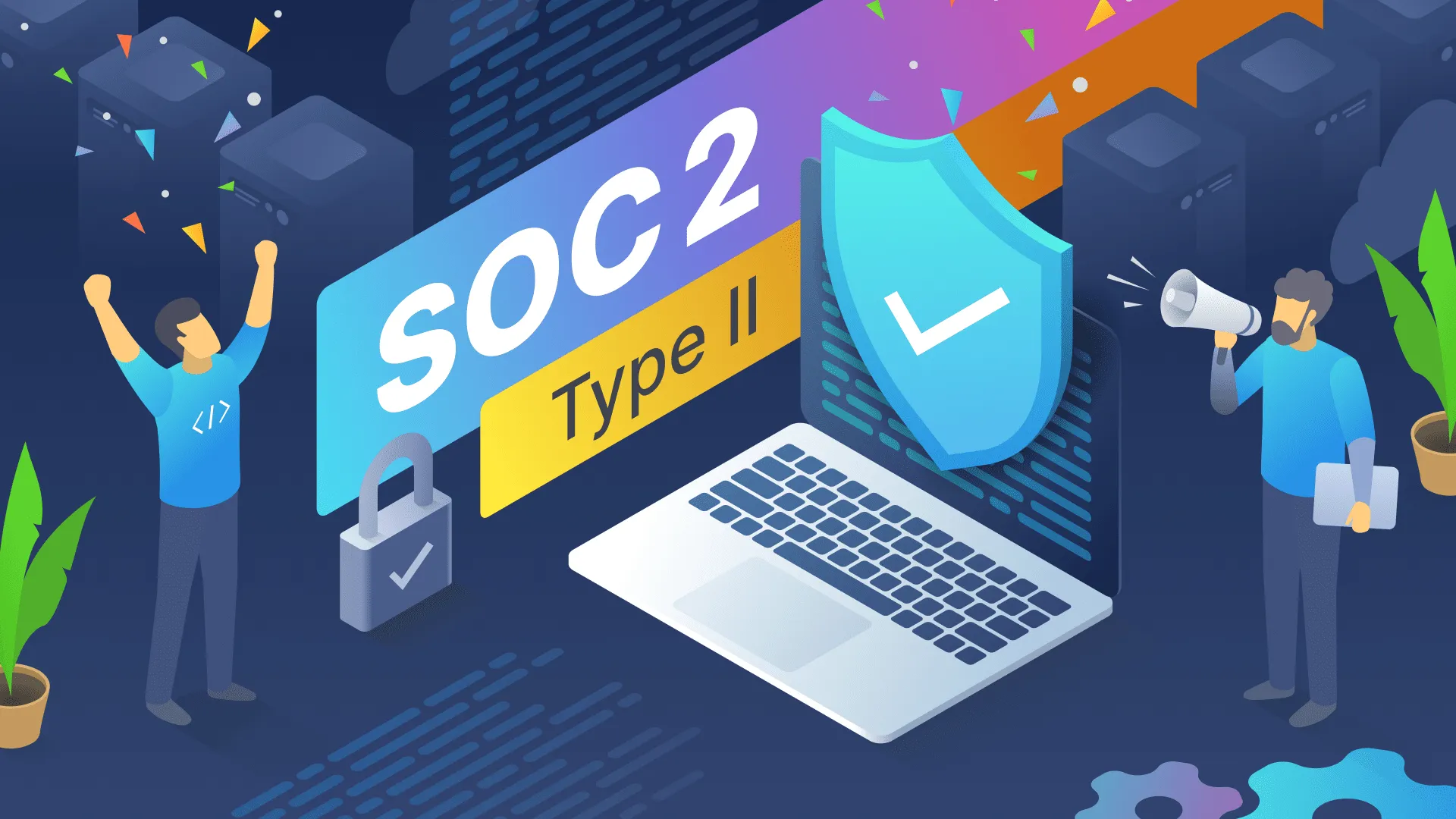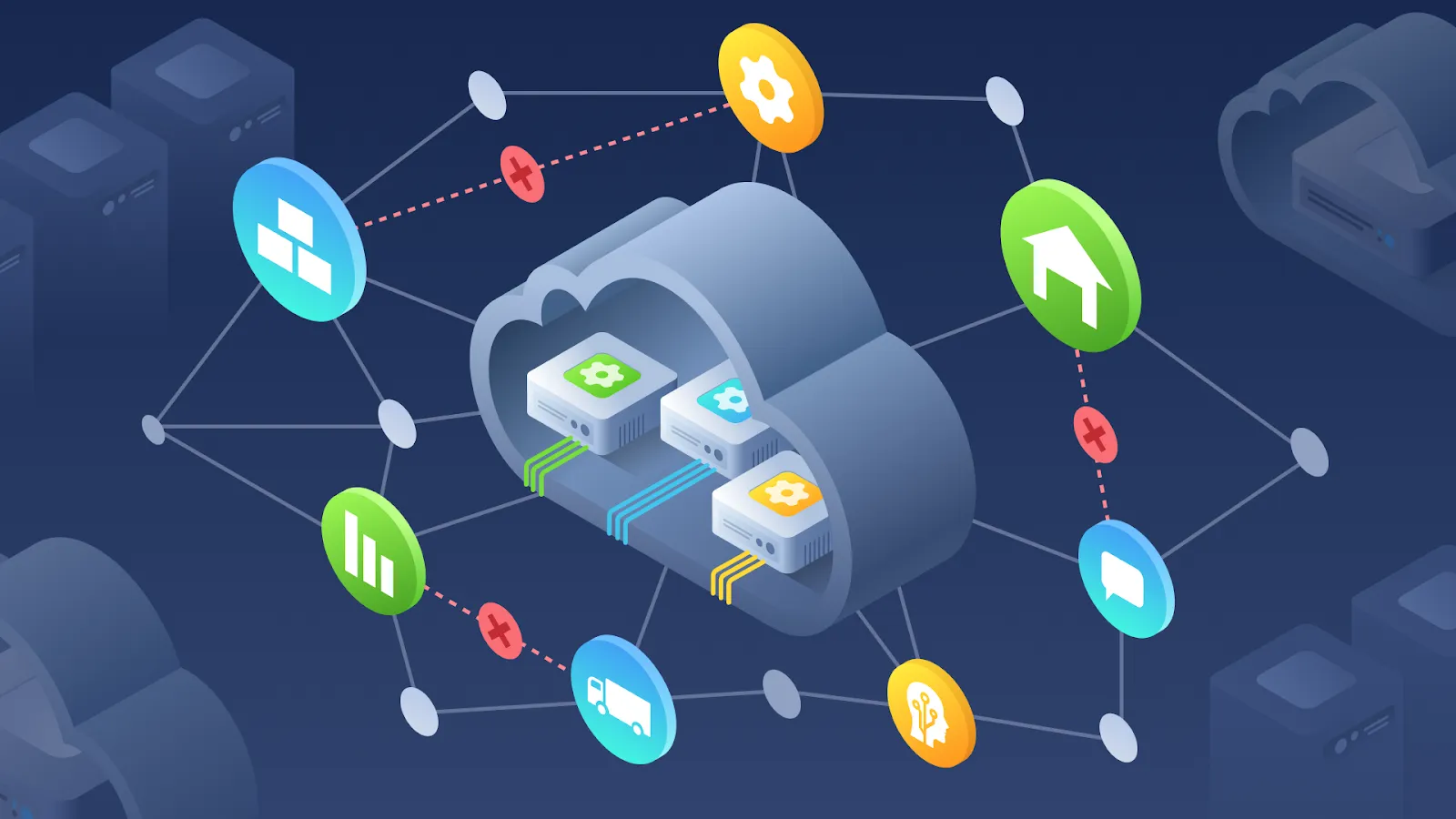Cloud technology has transformed cybersecurity significantly. Today, the availability and scope of information, along with its interconnectedness, makes the data vulnerable to multiple threats.
The 2020 Cloud Security Report states: “the leading threats cited by respondents were misconfiguration of the cloud platform (68%), unauthorized cloud access (58%), insecure interfaces (52%), and hijacking of accounts (50%).”
Thus, cloud migration has brought some critical security challenges. And that can take a while for companies to start considering the issue. Among the main problems connected with evaluating the security challenges of cloud adoption is to understand the consequences of allowing such things to occur within your system.
So what are the key cloud migration security challenges? And how can your business address them effectively? Read in our blog post.
Poor access management
Among the most critical objectives of maintaining robust security is to manage and define the roles, privileges, and responsibilities of various network users efficiently. That requires providing the right user with the right access to the right assets in the proper context.
As employees come and go or change their roles, this task can be a significant challenge because, in cloud computing, data can be accessed at any time from anywhere. Thus, poor access management, along with ineffective information campaigns for staff and the professionalism of the hackers, can provoke massive breaches of user information.
Fortunately, the technologies have enhanced the ability to monitor activities, adjust roles, or establish policies for minimizing risks. Modern businesses have numerous end-to-end solutions to provide identity government and management. But companies need to understand that such tools alone cannot maintain perfect protection because they may not avoid human errors. Thus, organizations need to implement a layered and active approach to managing and addressing security threats, which will help maintain smart identity and access management.
How to address the issue?
Multi-factor authentication serves as a critical security element on the user’s side because it brings an additional layer to system access. Additionally to the regular password, users gain their disposable keys on private devices. Therefore, their accounts are locked down, and users get notifications when there is a break-in attempt.
Clear layout for access management that takes place on the service side. The particular layout means defining the data available for various types of users. For instance, the sales department does not need access to the QA department documents, etc.
The principle of least privilege allows only the minimal amount of access required for performing tasks.
Data breach & data leak
As one of the main cloud security challenges, the data breach is an accident when the data can be accessed and extracted with no appropriate authorization. Data breach always leads to a data leak, the situation when the information is located in a place where it should not be. Thus, confidential data becomes open to the public, or in many cases, hackers sell it on black markets or hold it for ransom.
If a data breach occurs, this means the organization neglected several cloud security flows, which resulted in natural consequences. Although the extent of these consequences relies on the crisis management approaches of the relevant company, this event is harmful to the company’s reputation. So how does a data breach happen?
The data stored in the cloud is under various access levels. Hackers cannot stumble upon it under usual circumstances. But this information is available from different devices and accounts that have cryptographic keys. Therefore, hackers can get into it if they know people who have access to data.
Here we detail how hackers can conduct their data breach operations:
-
Firstly, they start learning more about the organization’s structure for weaknesses. The particular process involves both employees and technologies;
-
After defining a victim, hackers find the best way to approach their targeted employee. That includes identifying the victim’s accounts on social media, his interests, or even possible flaws;
-
Then, hackers trick an individual into providing access to the organization’s network. For doing that, they can apply two approaches:
- Technological - through a malware installed on the employee’s hardware imperceptibly
- Social engineering - hackers could gain trust and persuade the employee to provide his login credentials.
These are the ways used by cybercriminals to exploit the particular cloud security vulnerability, get access to the company’s system, and extract its data.
How to address the issue?
Multi-factor authentication requires users to provide more than evidence regarding their identity and access credentials. For instance, one of the current cloud security standards is a notification sent on a mobile phone after a user typed a password. Such notification includes a randomly generated code an individual can use once for a short period.
Data-at-rest encryption. Organizations store this type of information in the system but do not use it actively on various devices. Data-at-rest encryption involves logs, databases, datasets, and so on.
Perimeter firewall takes place between a public and private network and is used to control in and out traffic within the system.
Internal firewall is used for monitoring authorized traffic and detecting anomalies.
Data loss
The irreversible data loss is usually considered an even worse cloud security challenge than data breaches and data leaks. At the same time, data loss is quite hard to predict but even harder to overcome.
Here we identify the four most common causes for this cloud security issue:
-
Data alteration means that information is somehow changed, and the organization cannot revert it to its original state. The dynamic databases may face this problem.
-
Unreliable storage medium outage means that data loss occurs due to problems on the side of the company’s cloud provider.
-
**Data deletion **predicts an accidental or wrongful information deletion from the company’s system without backups for restoring. The main reasons for this challenge are human errors, inappropriate database structure, system failures, or malicious intent.
-
Loss of access takes place when data is still in the system, but the company cannot access it due to the insufficient number of encryption keys or other critical credentials.
How to address the issue?
Frequent data backups serve as the most efficient way to avoid different forms of data loss. Organizations need a schedule for the relevant operation, along with a clear understanding of what types of information are eligible for backups. Besides, they can apply data loss prevention software for automating this process.
Geodiversity requires the cloud services’ physical location in specific data centers to scatter and not depend on a particular spot. Such a feature is helpful with overcoming the consequences of natural disasters or unpredictable power outages.
Insecure APIs
APIs (Application User Interfaces) serve as the primary tool used for operating the system in the cloud infrastructure.
The particular process involves both internal and external use. The first one is the use by the organization’s employees, while the second is the use by clients through different products such as web and mobile apps. The external side is crucial because of all data transmission that enables the service and provides all sorts of analytics. Thus, the available APIs make it a significant cloud security challenge. Additionally, APIs are involved in collecting information from edge computing devices.
Now, authentication and encryption allow regulating the system and keeping it safe from harm. But sometimes, the APIs configuration does not correspond to the requirements and can contain severe flaws which affect the integrity. Among the most common issues that happen are the following:
- Anonymous access (also known as access with no authentication);
- Insufficient access monitoring (can also happen due to negligence);
- Reusable tokens & passwords (hackers often use them in brute force attacks)
- Clear-text authentication (when a user sees input on the screen)
How to address the issue?
Penetration testing struggles with external attacks that target specific API endpoints and intend to break the security for obtaining access to the organization’s internal data.
Regular system security audits.
Encrypting socket layer & transport layer security for safe data transmission.
**Multi-factor authentication **helps prevent unauthorized access thanks to security compromises.
Cloud storage misconfiguration
Cloud storage misconfiguration is considered a continuation of the previously discussed cloud security challenge, insecure APIs. In most cases, cloud computing security problems occur as a result of inappropriate supervision and following superficial audits.
A misconfigured cloud storage takes place when settings for cloud servers (regarding storage or computing goals) make it vulnerable to various security breaches.
Here are the most common types of cloud storage misconfiguration:
-
Server’s default settings related to cloud security with traditional access management and information availability;
-
Misconfigured access management is when an unauthorized individual obtains access to sensitive information;
-
Inappropriate data access takes place when confidential information remains open and needs no authorization.
How to address the issue?
Double-check the configuration of cloud security while setting up relevant cloud servers. Although it seems obvious, this process is eliminated by more critical things, including putting stuff into cloud storage with no thoughts about its security.
Apply specialized tools for checking security configurations. Thanks to multiple third-party tools, companies can monitor the current state of security configurations and define potential security issues before they occur.
DOS (Denial-of-service) attack
The main objective of hackers to conduct a DoS attack is to make it impossible for users to access the applications or disrupt their workflow. DoS serves as the way to affect the SLA (service-level agreement) between the organization and the client. The particular intervention is quite harmful to the company’s credibility because SLA requires the service to be high-quality and available. Thus, DoS can put an end to that.
In addition, DoS attacks can be divided into two groups:
- Brute force attacks from numerous sources (also called classic DDoS);
- More complex attacks that target specific system exploits (such as image rendering or content delivery).
While a DoS attack happens, the system resources tend to stretch thin. Meanwhile, the insufficient amount of resources for scaling leads to many issues regarding speed and stability throughout the board. Often, the app starts working slow or even cannot load properly. Thus, organizations need to define and eliminate the sources of caused disruptions and reconsider spending to increase the use of required resources.
How to address the issue?
Modern intrusion detection systems must be able to define anomalous traffic and serve as a break-in alarm. This system provides cloud security early warnings depending on credentials and behavioral factors.
Firewall traffic type inspection allows checking the source of incoming traffic, along with its destination, and assessing its possible nature with IDS tools. These features make it possible to define good and bad traffic and then eliminate the bad easily.
Source rate-limiting - consuming bandwidth is among the main goals of DoS.
Blocking IP addresses that can serve as a source of DoS attack allows controlling the situation efficiently.
The bottom line
Adopting cloud solutions was a game-changer both for businesses and hackers as it provoked numerous security issues. Cloud migration provided companies with the required scalability and flexibility, which is critical to stay competitive and innovative in a modern business environment. On the other hand, the corporate data became vulnerable to a leak or loss due to different factors.
According to Crowd Research Partners, “84% of organizations say traditional security solutions do not work in cloud environments.” At the same time, the 2020 Cloud Security Report states that “59% of organizations expect their cloud security budget to increase over the next 12 months”. Thus, if companies can follow cloud security standards appropriately, they will protect themselves from monetary and reputational losses.
Have you already faced some cloud security challenges? What approaches do you find the most valuable to implement to overcome them? Or what security threats prevent your organization from moving to the cloud? Share with us in the comments below.
How AgileVision can help
Over the past, AgileVision has helped many businesses to address cloud adoption security challenges and avoid data losses. Are you considering a cloud migration or need advice on your existing security challenges? We can help with the external audit of your cloud infrastructure.




